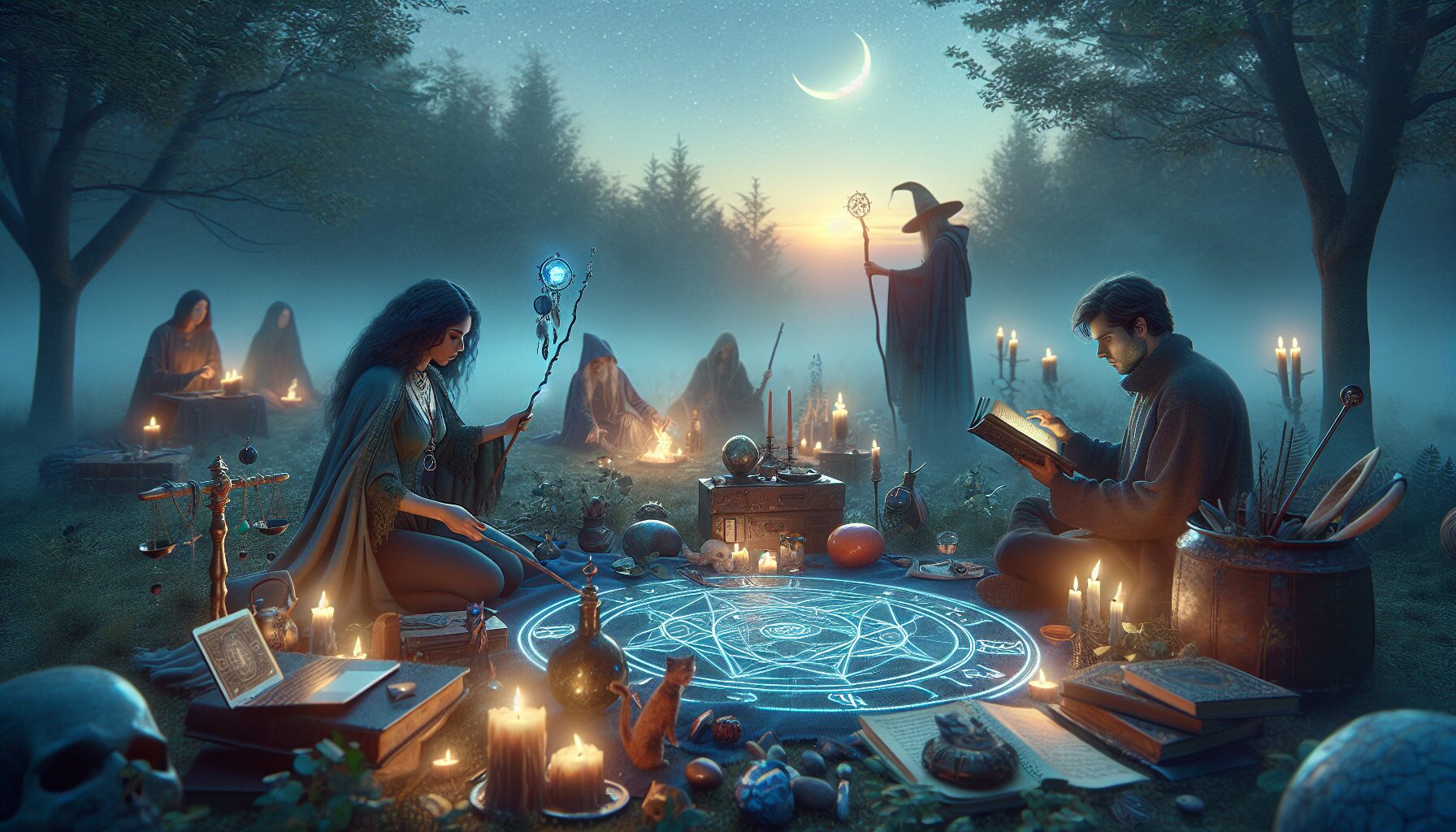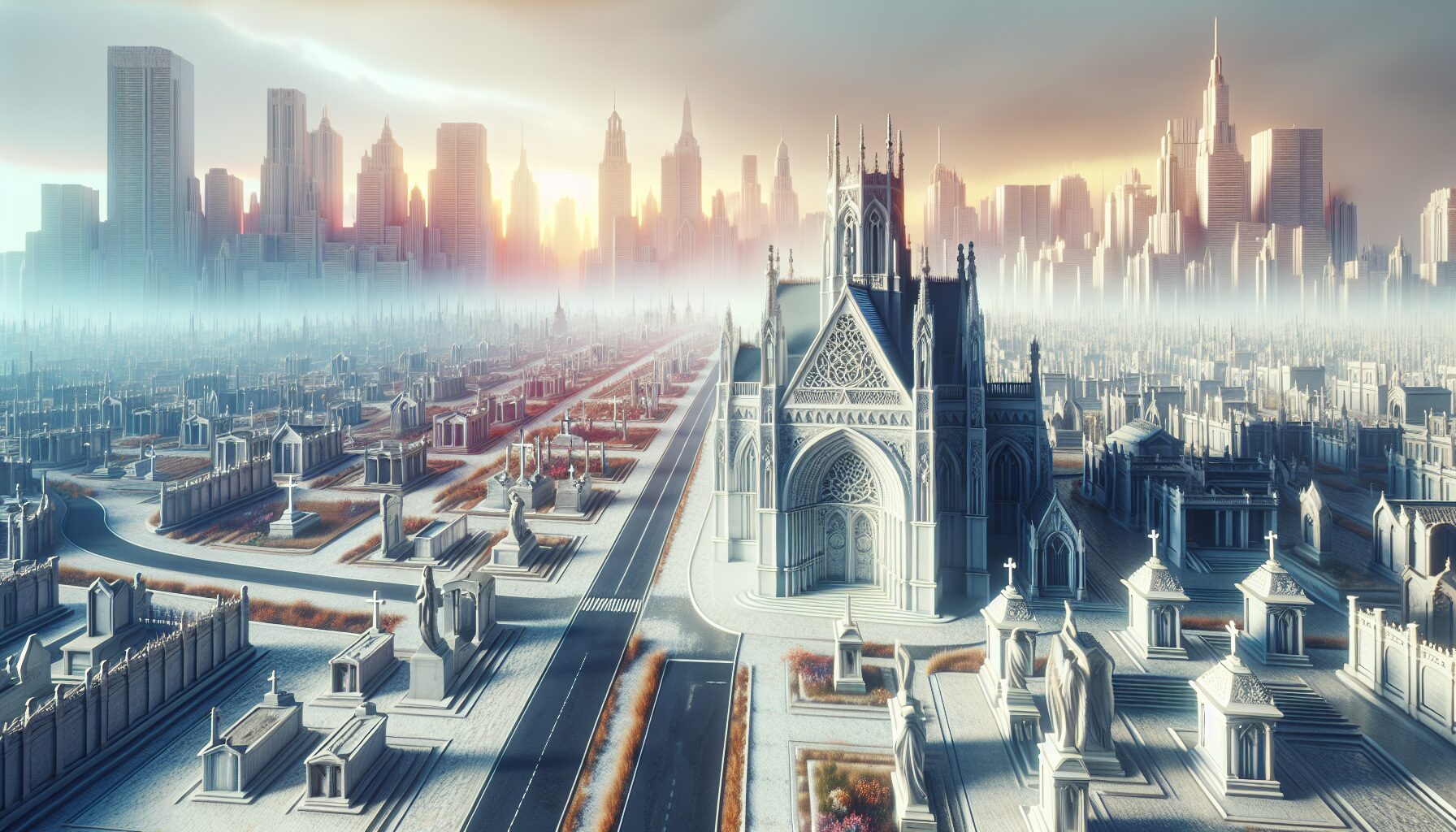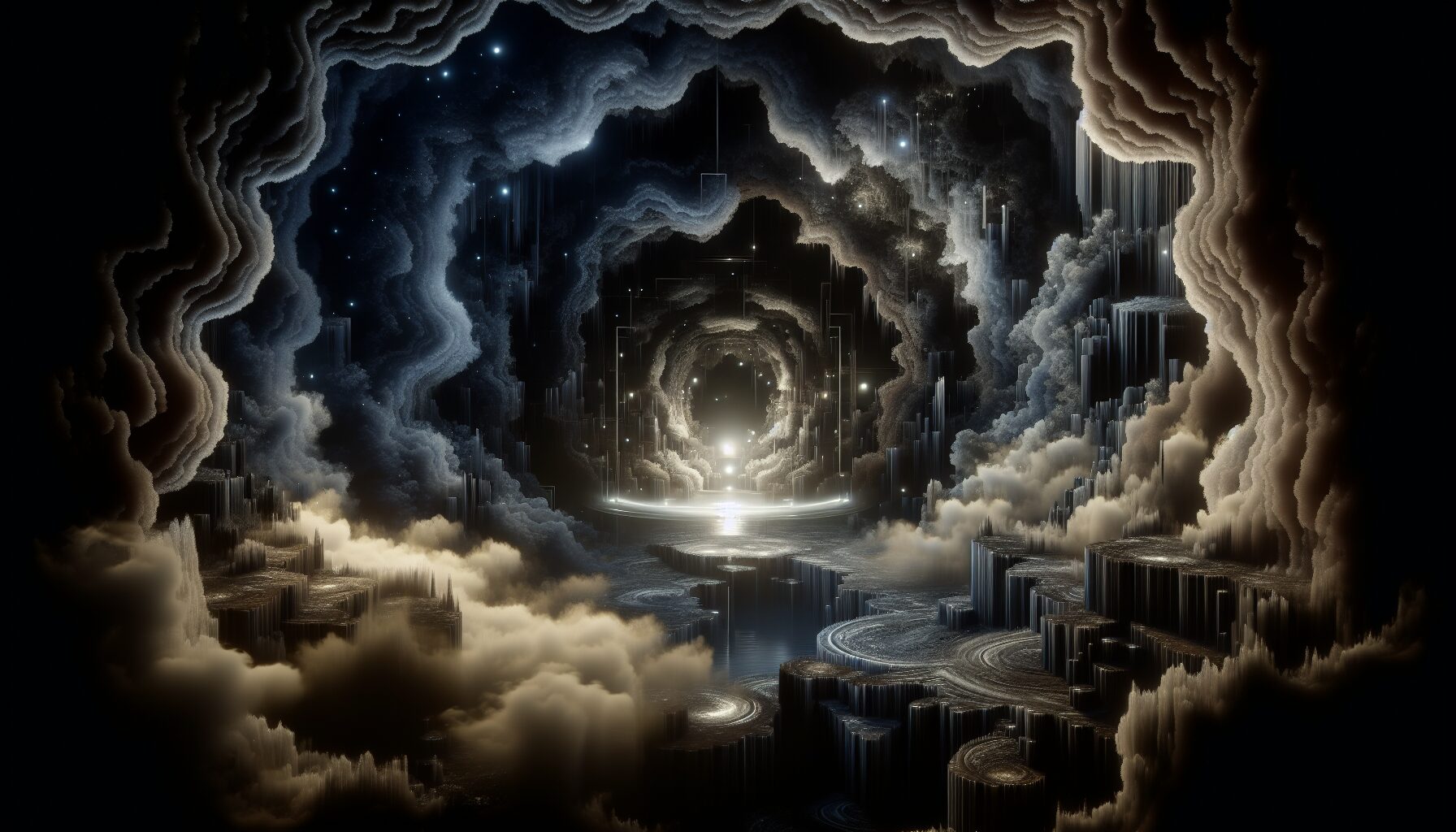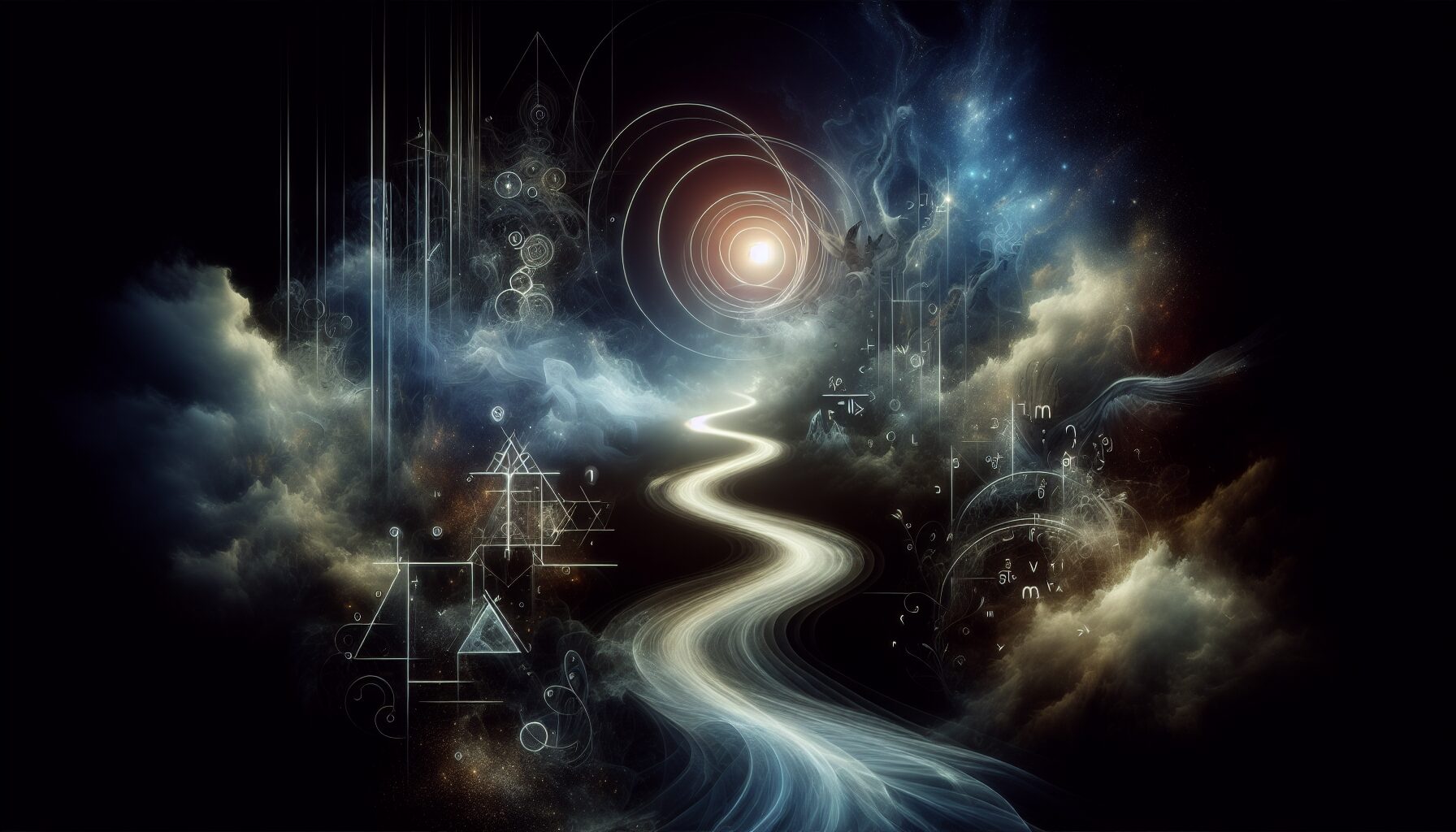In the intricate web of human cultures, one finds the recurring theme of crossing thresholds. Among these symbolic crossings, the ritual of liminality occupies a pivotal role, serving as a conduit between different realms of existence. Rooted deeply in anthropological and psychological studies, liminality is a concept that helps us understand transitional moments, be they personal, communal, or cosmic. This article explores the significance, structures, and psychological impacts of these rituals as humanity delves into the essence of transformation and consciousness.
The Concept of Liminality
Liminality, a term popularized by Victor Turner, an anthropologist who expanded upon the work of Arnold van Gennep, revolves around the idea of being ‘in-between.’ Turner describes liminality as “the quality of ambiguity or disorientation that occurs in the middle stage of a rite of passage.” In this state, participants “stand at the threshold” between their previous way of structuring their identity, time, or community, and a new way, which is yet to be realized.
Structure of Liminal Rituals
Liminal rituals often encompass three stages as delineated by van Gennep:
- Separation – This initial phase involves detachment or dissociation from a current status or identity. In many cultures, this can be represented by leaving physical spaces associated with one’s prior social role.
- Liminality – Here lies the heart of the ritual. Within this threshold, participants often experience states of communitas, or intense community spirit, which transcends previous social hierarchies.
- Reincorporation – This final phase sees the individual or group emerging with a new identity, reintegrated into society with full recognition of their altered state.
Each stage functions symbiotically, creating a fluid cycle of death and rebirth, growth and transformation.
Examples Across Cultures
Rituals of liminality manifest, perhaps universally, across human societies.
- Rites of Passage – In Indigenous cultures, such as the Native American vision quest or the Australian Aboriginal walkabout, young individuals undergo solitary ordeals, seeking spiritual guides or visions to transform adolescence into adulthood.
- Religious Pilgrimages – The Islamic Hajj or the Christian pilgrimage to Santiago de Compostela are quintessential examples where individuals traverse geographical, spiritual, and metaphorical thresholds toward enlightenment.
- Modern Ceremonies – Graduation ceremonies, weddings, and even team-building workshops can serve as modern iterations of liminal rituals, escorting individuals across personal or professional thresholds with community acknowledgment.
The Psychological Perspective
The psychological dimensions of liminality can be profound. Carl Jung and others in the field of psychology suggest that liminal experiences may facilitate individuation, the holistic integration of the self. These moments become “times out of time,” where usual boundaries blur, freeing the mind to explore and adopt new perspectives.
“It all comes down to that moment of clarity when you realize you are not who you were yesterday, and yet not quite who you will be tomorrow.”
These states of flux can incite anxiety or fear, yet they simultaneously offer thereception of profound insight, catalyzing personal growth and understanding.
Science Meets Tradition
Modern neuroscience provides a fascinating lens on how ritual can rewire consciousness. According to research studies, rhythmic stimuli prevalent in rituals—such as drumming, dancing, or chanting—can induce altered states of consciousness by stimulating the brain’s limbic system. This aligns with findings from the National Institutes of Health, which document ritual’s capability to transcend ordinary awareness, thereby facilitating healing and transformation.
The Sacred and the Profane
The dichotomy of the sacred and the profane becomes apparent through the lens of liminal rituals. As outlined by Mircea Eliade, a renowned historian of religion, “By entering a temple or engaging in ritual, one is essentially exiting the realm of the mundane and stepping into a sacred space.” During these sacred periods, the worldly concerns of participants recede, allowing for profound encounters with the divine or spiritual realms.
Liminality in the Modern Era
With a rapid-paced modern society, one might assume that the role of liminal rituals has diminished; however, they remain vitally important, morphing to meet contemporary needs. Consider the global rise of mindfulness retreats, meditation workshops, and yoga festivals. These experiences seek to offer a respite from modern life, providing structured spaces where individuals can explore inner landscapes, detached from ordinary routines.
Transformative Journeys
The stories of those who have undertaken transformative journeys speak to the power of liminality. Accounts from participants often describe a sense of rebirth, shedding old habits or beliefs, and embracing new trajectories for their lives. As Joseph Campbell might suggest in “The Hero with a Thousand Faces,” each individual’s journey through the liminal phase represents a microcosm of the hero’s journey, epitomized by trials, revelations, and an eventual return to the ordinary world enriched and transformed.
Conclusion
The ritual of liminality remains an essential facet of human spirituality and psychology. Whether emerging through ancient rites or modern workshops, the crossing of thresholds encourages both personal evolution and communal continuity. Within these sacred spaces, we find the opportunity to pause, reflect, and ultimately transcend toward new phases of life.
By embracing liminal rituals, we learn to navigate the spaces between, accept transformation, and proceed with enriched understanding of our consciousness and existence.









